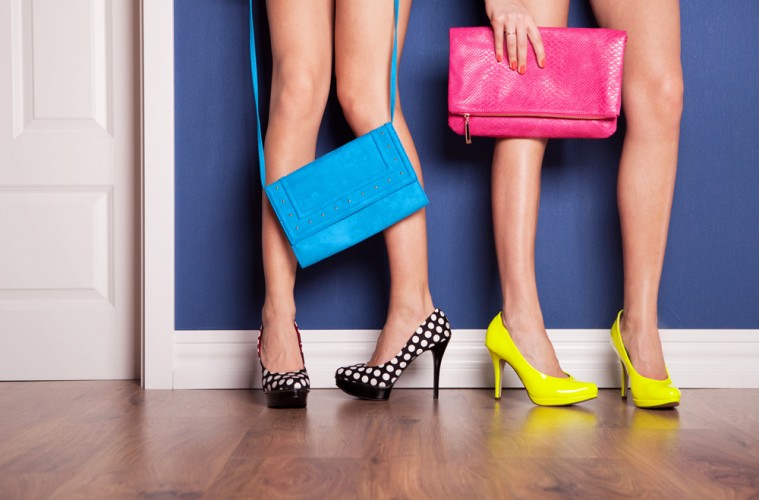Written by Natasha Cornall | Getting to the interview stage of a job is tough these days. You don’t want to blow your chances by making a fashion faux pas. Making a good first impression is an important part of getting a job, and whether or not you do is affected by how you dress. Style and grooming mistakes could cost you the job; to avoid making a faux pas, do your homework and research how employees dress at the organization you’re interviewing for.
1. Manicures
Your interviewer will probably think you won’t be able to type if you have long, manicured fingers – and bold colors or patterns can be distracting. Keep your nails neat and tidy, cut them short and wear a pale, simple nail polish, if you wear a color at all. Make sure there are no chips!
2. Bold jewellery
Different metals or coloured stones can be distracting for your interviewer; avoid layering up jewellery, and make sure you don’t wear bangles that will bash on the table or jangle every time you move. Go for just a couple of simple pieces – studs instead of hooped earrings, or a ring.
3. Perfume
Many people are sensitive to fragrances, so don’t overdo it on the perfume in case your interviewer has an allergy. Besides, you don’t really want your scent to be the one thing your interviewer remembers about you.
4. Open-toed shoes
Open-toed or slingback sandals can look too informal for a job interview, and never ever wear flip flops because they give off a lazy appearance (in case you didn’t know that). If you’re not comfortable wearing heels, opt for a pair of smart loafers or brogues instead. Don’t forget to give them a polish before you leave the house!
5. High heels
Heels are great as long as you can walk in them. There’s nothing worse than seeing someone hobble across the office and into the interview room! Save the skyscraper heels for nights out, and opt for a low-heel or a wedge for some extra support.
6. Revealing clothing
Tight dresses and short skirts will not give you bonus points from a male interviewer. You don’t want to be ogled and labelled at any point in your career, especially the initial stage. You should look smart and chic, not tacky. Don’t forget you’ll be sitting down and your hemline will rise up, so choose at least a knee-length skirt. Your clothes should fit you perfectly and be well-tailored; classic cuts like a shift dress or pencil skirt are appropriate.
These ‘rules’ might seem strict, but there’s still plenty of room for you to show of your personality. Just remember that your outfit shouldn’t distract the interviewer from you, your experience, and the reasons why you’re the best person for the job. Whatever outfit you decide to wear, just make sure you look polished and professional.


